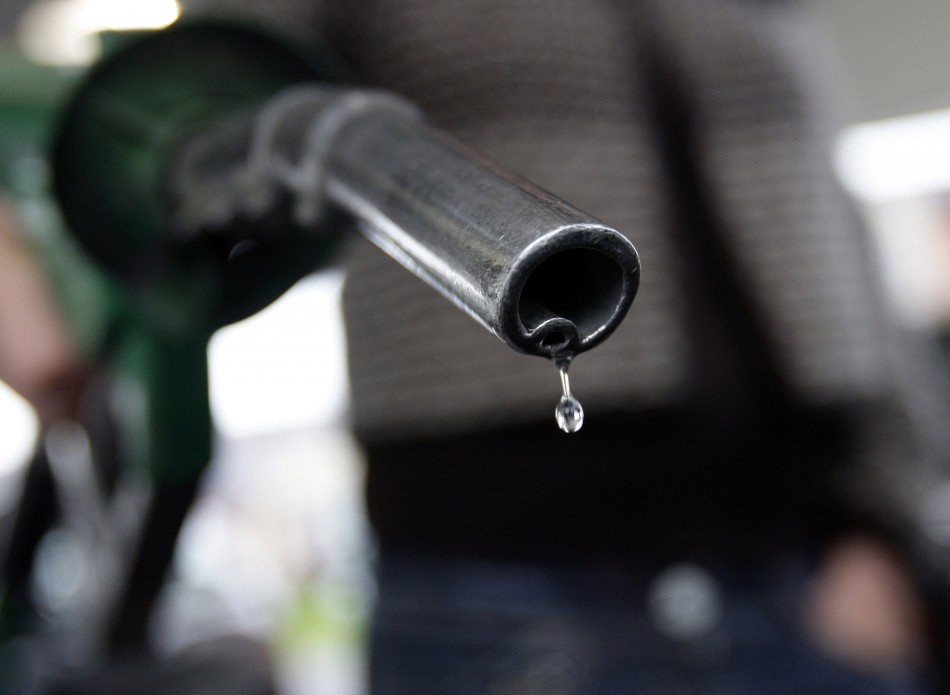Gasoline imports have decreased by more than 50 percent, reaching 4.7 million liters per day in the present Iranian calendar year (ends March 2015), the managing director of National Iranian Oil Refining and Distribution Company (NIORDC) announced. The government's early projection for gasoline imports in the present Iranian calendar year has decreased to 4.7 million liters per day, down from 10 million liters due to "the increasing production capacity of refineries, proper consumption and reservation," Shana quoted Shahrokh Khosravani as saying.
The acceleration of energy development plans has helped increase the overall capacity of domestic gasoline production, Khosravani stated.
CNG on the Rise
NIORDC is planning to increase the consumption of compressed natural gas (CNG) in Iran and will publish the outcome of its plan within the next two weeks.
“CNG will reduce the country’s gasoline imports,” he said, stressing that CNG reduces the consumption of gasoline as well.
According to Khosravani, there is a good level of gasoline reserves in the country and NIORDC has anticipated the likely increase of gasoline consumption with the opening of schools next week. Iran’s average gasoline consumption in the present year has reached 70 million liters per day, some 1.5 percent more than 2013. Around 16 million liters of gasoline conforming to Euro-4 standard is being produced in Iran, while the country’s Euro-4 gasoline imports amount to 10 million liters per day. Iran plans to distribute Euro-4 gasoline in 8 major cities by December.
Despite the refinery expansions, Iran’s gasoline imports are expected to increase over the medium and long term because of increased gasoline demand and the government’s plan to reduce gasoline production at the petrochemical plants. However, gasoline demand is expected to decrease in the short term because of higher prices as a result of subsidy cuts.
Oil Minister Bijan Namdar Zanganeh said last month that once the Persian Gulf Star refinery comes on stream, Iran will be able to produce gasoline conforming to Euro-5 standard. Iran seeks to produce 12 million liters of Euro-5 gasoline per day in the first half of the next Iranian calendar year (March-September 2015).
With 27 trillion liters of natural gas reserves, Iran is ranked 2nd in terms of having the richest gas fields in the world. South Pars in the Persian Gulf is the country’s biggest gas field.
Abadan Refinery to Increase Production
The maintenance and supervision director of NIORDC Saeed Mahjoubi also stated that the production capacity of NIORDC is to reach 12.5 million liters per day, up from 10.1 million liters upon the completion of Abadan refinery’s phase 3 mid fall. Iran’s gasoline production in 2014 sees a daily 3.5 million liter increase compared to the previous year and Abadan Refinery in central west of Iran will add two million further liters to the country’s overall gasoline production daily.
The completion of Lavan refinery by March 2015 and Bandar Abbas refinery in Hormozgan Province early next summer will further boost the country’s gasoline production.


